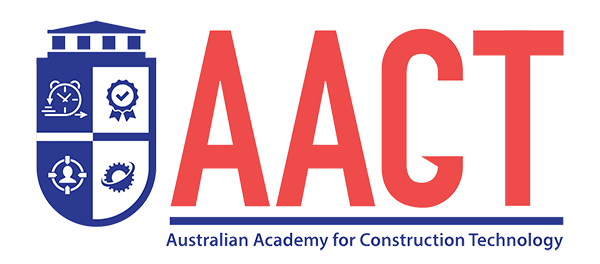It is the consultant Quantity Surveyor’s (QS) responsibility to evaluate the progress claims made by the Contractor at the post contract stage. Is he responsible for any overvaluation caused by certifying any defective or faulty works?
The decision of the Dhamija v Sunningdale Joineries Ltd case mentioned below sheds some insight on the subject issue discussed above.
Under the contract, the Employer had appointed an Architect (JCT-based); the Architect had hired a QS company to handle cost management tasks such as reviewing progress claims. Because the JCT requires the Architect to verify the value of work that was “properly executed”, any defective works will not be approved by the Architect.
However, the QS’s assessment incorrectly included certain defective works.
Since there was no direct contract between the QS and the Employer, the Employer claimed that the QS had violated implied conditions (of the contract) by overvaluing. The QS countered that any such quality concerns were for the architect to deal with, and that its responsibility was restricted to excluding any works from the valuation only if the architect had notified them that such works had not been “properly completed,” which did not occur in this case.
They also cite the statement below from the Sutcliffe v Chippendale & Edmondson case.
“the architect … should first satisfy himself as to the acceptable quality of the work, before requiring his employer by way of certificate to make payment for it, and in particular should keep the quantity surveyor continually informed of any defective or improperly executed work which he has observed’.
The preceding decision relates to a few expert witnesses, including an expert Quantity Surveyor, who testified that,
“if the architect did not tell the quantity surveyor about the defects, the quantity surveyor would not be expected to make allowance for them…It was simply for the quantity surveyor to see what work had been done and, if he had no evidence to the contrary, he was to assume that the work had been done properly”
The employer was attempting to demonstrate that, contrary to the decision of the preceding case, the QS required him to notify the architects about defective works, and that he is accountable for quality problems at least to the degree that the flaws were “obviously defective.”
However, the court found no foundation in fact or law to enable the alleged implied duty, and so the QS is not liable for quality matters. However, the court determined that there was an implied condition that the QS should value the works with reasonable skill and care.
Note:
In the author’s perspective, because QS curriculum(s) include learning on building defects, they are accountable for certifying any work with “obvious defects” as they should be able to recognize any “obvious defects.
Undergraduate QS conducts field research and investigates building flaws, including finding existing defects and formulating method statements for rectifications, as well as producing a report that contains the cost of rectification. However, whether a specific defect is an “obvious defect” or not must be determined depending on a variety of criteria, including the amount of the QS’s engagement in the valuation and his abilities. For example, if the QS visits the site to measure the work, he or she may see any obvious defects, but not the QS values the work from drawings without visiting the site.
References
- Dhamija v Sunningdale Joineries Ltd [2010] EWHC 2396 (TCC); [2011] P.N.L.R. 9; [2010] 10 WLUK 207 (QBD (TCC))
- Sutcliffe v Chippendale & Edmondson (1971) 18 BLR 149
Article by: Dilan de Silva Chartered Quantity Surveyor
